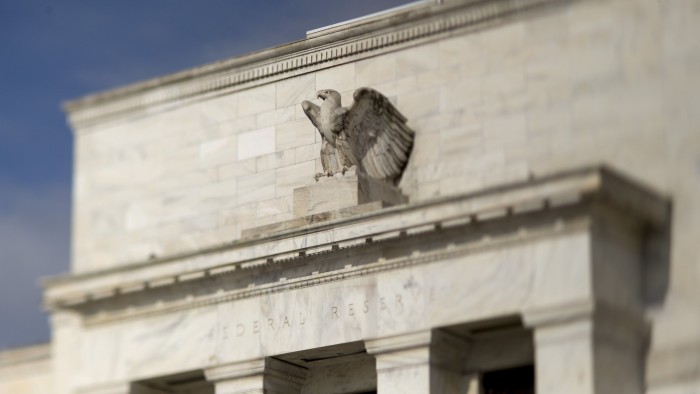Fed clears $3.7bn M&T-Hudson City merger

Simply sign up to the US & Canadian companies myFT Digest -- delivered directly to your inbox.
The chief banking regulator in the US has cleared a $3.7bn merger after a more than three-year delay, potentially paving the way for further consolidation within the country’s fragmented banking landscape.
The deal, between M&T Bank of New York and Hudson City Bancorp of New Jersey, was approved on Wednesday by the Federal Reserve, following a series of setbacks over compliance concerns since the tie-up was announced in August 2012.
Analysts said that M&T was likely to have satisfied the Fed that it had built a sound enough database to track suspicious movements of funds. Meanwhile, Hudson City’s settlement last week with another government agency over discriminatory lending practices removed a final barrier to the deal.
In April, both sides had rolled back the deal timetable for a fourth time, saying they hoped to complete the deal to create the 14th biggest bank in the US, with combined assets of about $132bn, by the end of October.
In a statement, Robert Wilmers, M&T chairman and chief executive, thanked employees and shareholders on both sides for their patience, as the Buffalo-based bank beefed up its risk and compliance programmes.
Advisers said that clearance of the deal — the largest pending transaction in the US banking industry — could help unlock further activity. While the reasons for the hold-up were particular to the lenders concerned, they said, the delay had had a chilling effect on other potential combinations — suggesting that the Fed was still not ready to allow banks to become bigger and more complicated, seven years on from the crisis.
Between 2002 and 2007 bank M&A accounted for an average of 9 per cent of US deals by value, according to Dealogic. But between 2009 and 2014, its share fell to an average 1.8 per cent and, so far this year, it is lower, at 0.6 per cent. While records are being smashed in sectors such as healthcare and consumer goods, not a single one of the top 20 US banking deals has happened post-Lehman.
Some so-called “super-regional” lenders such as BB&T of Winston-Salem, North Carolina have managed to navigate this more difficult regulatory environment, pressing ahead with aggressive roll-up strategies. But the green light for M&T is evidence of a “mindset change” at the Fed, said Marty Mosby, an analyst at Vining Sparks, a Memphis-based broker-dealer.
Last week the Fed approved two deals in a day, clearing the $883m sale of City National Bank of Florida to a Chilean bank and an $800m merger between PacWest and Square 1.
“The regulators aren’t against [mergers] — they just want the acquirers to be as good as possible,” said Mr Mosby.
The Financial Crimes Enforcement Network, a bureau of the Treasury department, toughened its standards on money-laundering in the wake of the Dodd-Frank Act, requiring banks to produce reams of data that could uncover wrongdoing and help produce convictions.
Comments